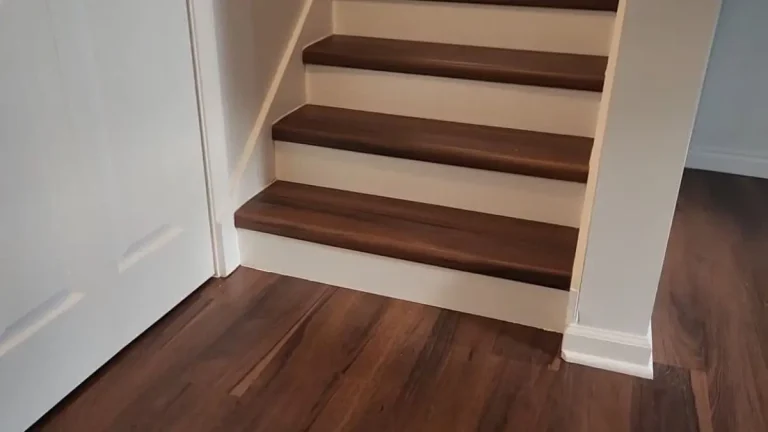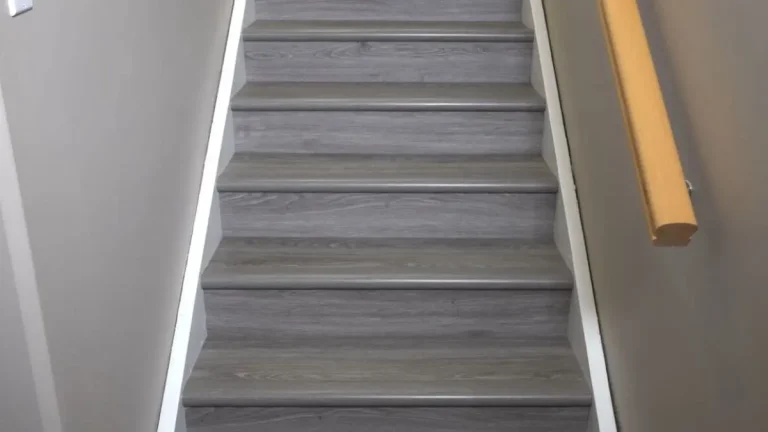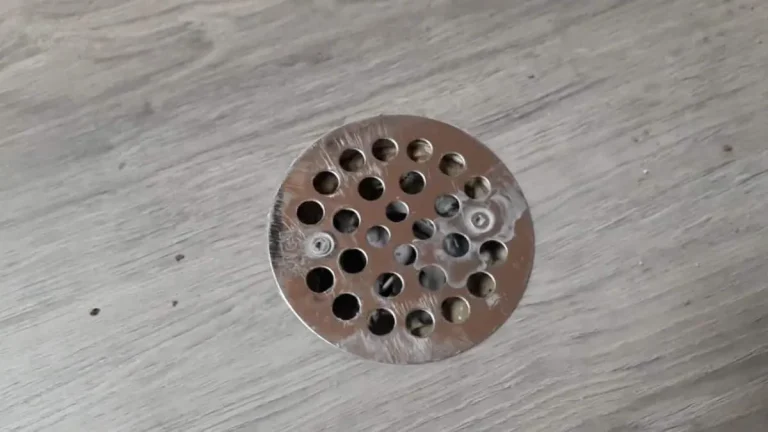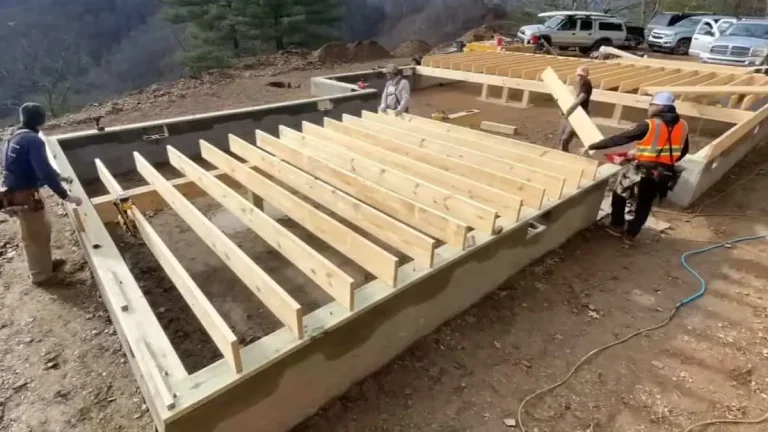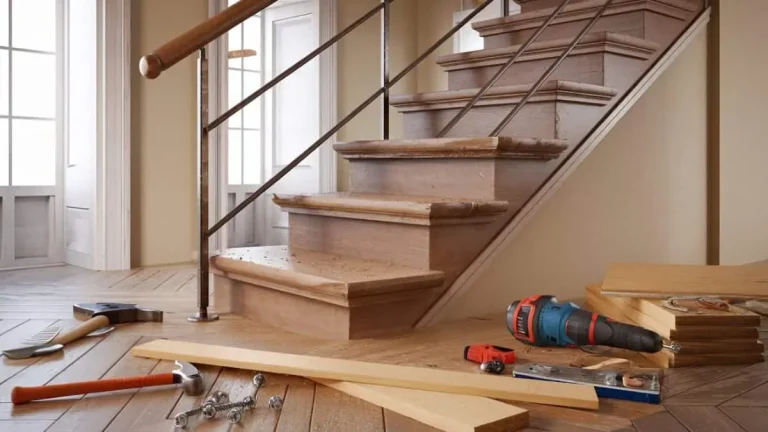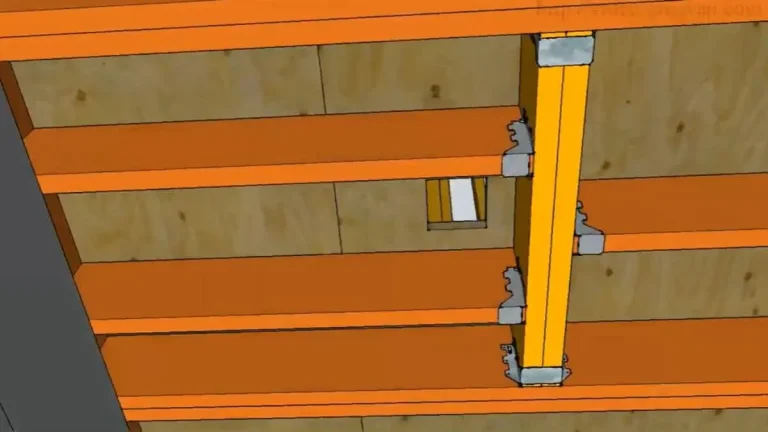Yes, you can use 2×12 lumber for stair treads. 2×12 lumber is a common and suitable choice for stair treads due to its strength and durability.
It provides a solid and stable surface for walking up and down the stairs. When selecting lumber for stair treads, it’s essential to choose material that can withstand heavy foot traffic and support the weight of individuals using the stairs.
Using 2×12 lumber ensures that the stair treads will be sturdy and reliable. Additionally, this size of lumber allows for flexibility in design and can accommodate various styles of staircases. Whether for indoor or outdoor use, 2×12 lumber is a practical and popular option for constructing stair treads.
Benefits Of Using 2×12 For Stair Treads
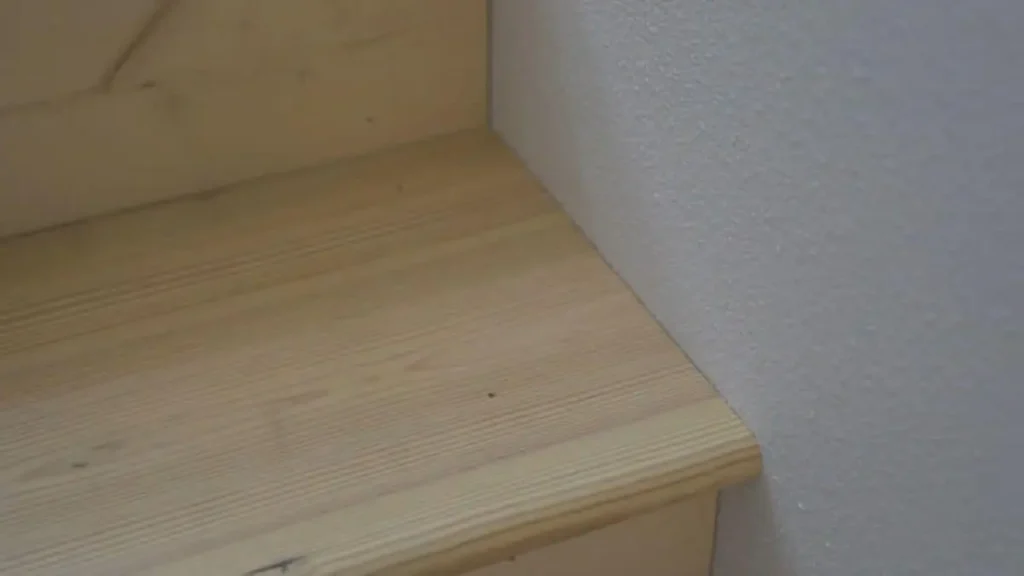
One of the main benefits of using 2×12 lumber for stair treads is its durability and strength. It provides a sturdy surface for walking up and down the stairs, ensuring safety for users.
Additionally, 2×12 lumber offers ample width, allowing for a comfortable and secure footing when navigating the stairs. This extra width can enhance the overall stability of the staircase.
Moreover, the thickness of 2×12 lumber ensures longevity and reduces the risk of sagging or warping over time. This can result in a more durable and reliable staircase structure.
Building Codes And Regulations
Building Code Specifications
When constructing stair treads using 2×12 lumber, it’s crucial to comply with building code specifications. These regulations outline the minimum standards for structural integrity and safety of staircases.
- Stair treads made from 2×12 lumber must have a minimum depth of 10 inches to ensure safe footing.
- The riser height between each step should be uniform and fall within a specified range to prevent tripping hazards.
- Handrails are required on staircases with a certain number of steps to enhance stability and support.
Safety Regulations For Stair Construction
Adhering to safety regulations is paramount when using 2×12 lumber for stair treads. These rules are designed to protect individuals from accidents and ensure compliance with building codes.
- Stair treads must be secured properly to the stringers to avoid structural issues.
- Non-slip materials or treads should be installed to prevent slipping and falling accidents.
- Regular maintenance and inspection of the stairs are necessary to identify and address any damage promptly.
Material Suitability of Stair Treads
When it comes to building stairs, it is essential to consider the material suitability of the stair treads. One common question that arises is whether it is suitable to use 2×12 lumber for stair treads.
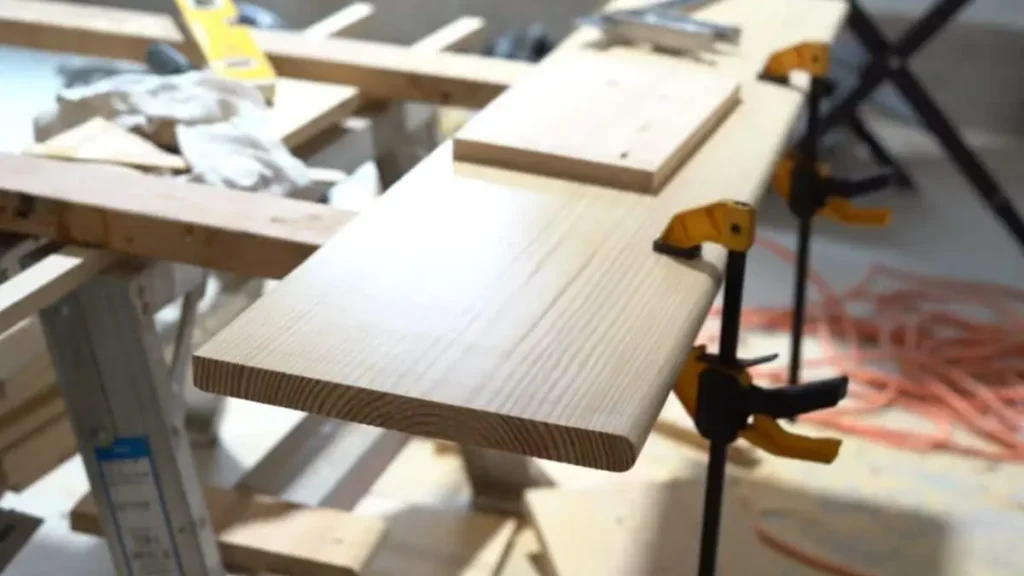
Strength Of 2×12 Lumber
2×12 lumber is known for its strength and durability, making it a popular choice for various construction projects. When used for stair treads, the substantial thickness of 2×12 lumber provides excellent support and stability, ensuring the safety of the staircase. Its ability to bear heavy loads makes it suitable for accommodating foot traffic on staircases.
Considerations For Material Selection
When selecting materials for stair treads, it’s important to consider factors such as strength, durability, and resistance to wear and tear. 2×12 lumber meets these criteria, making it a viable option for stair treads. Additionally, the wide surface area of 2×12 lumber provides ample space for comfortable stepping, enhancing the overall usability of the staircase.
Related Read: How To Install Vinyl Plank Flooring On Stairs
Installation Process of 2×12 Lumber as Stair Treads
When it comes to the installation process of using 2×12 lumber for stair treads, it’s essential to follow proper steps to ensure safety and structural integrity. From preparation to the actual installation, each phase plays a crucial role in creating durable and secure stair treads.
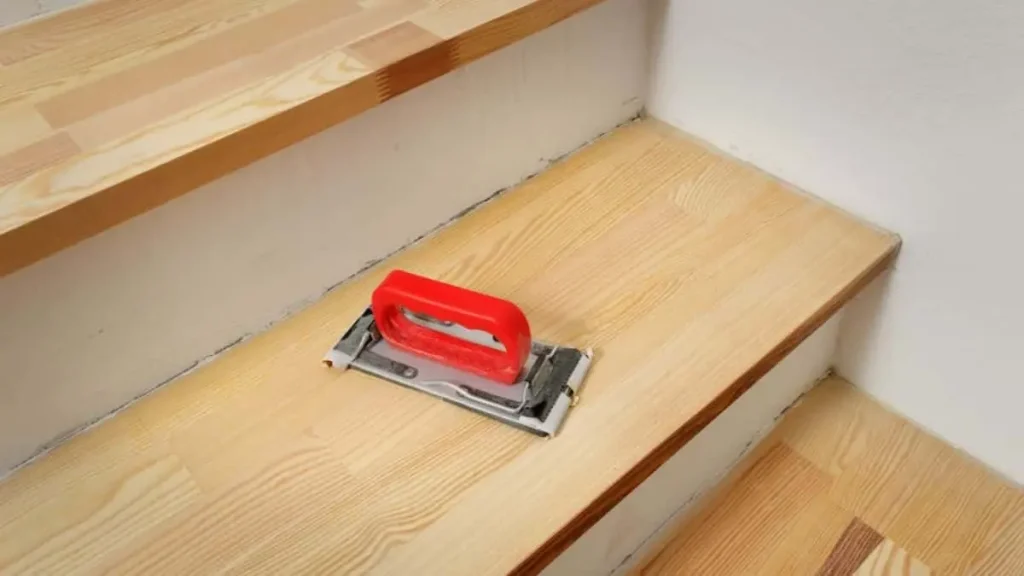
Preparation Steps
Before starting the installation, it’s important to prepare the area and gather the necessary tools and materials. Here are the key preparation steps:
- Clear the stairway of any debris or obstructions.
- Measure the dimensions of the stair treads and cut the 2×12 lumber to the appropriate size.
- Gather the required tools such as a circular saw, drill, screws, and a level.
Installing 2×12 Lumber As Stair Treads
Once the preparation is complete, the next step is the actual installation of the 2×12 lumber as stair treads. This involves the following process:
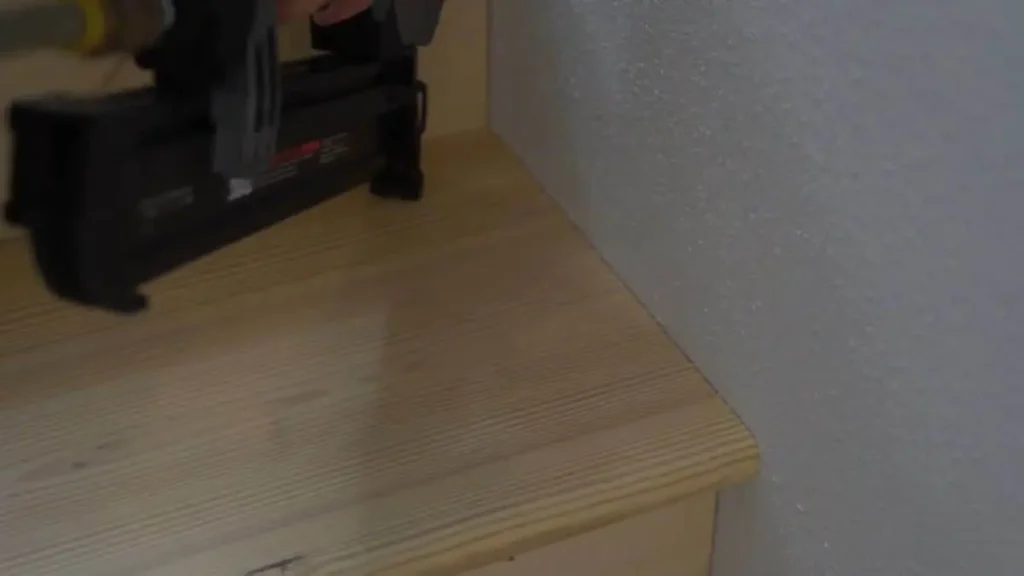
- Place the cut 2×12 lumber on the stair stringers, ensuring they are positioned evenly and securely.
- Use a level to ensure that each tread is flat and properly aligned.
- Secure the treads to the stringers using screws, ensuring a strong and stable connection.
Recommended Read: Replacing stair treads built into stringer
Structural Integrity
For stair treads, using 2x12s ensures structural integrity and durability. These boards provide ample support and stability for safe and secure stair construction.
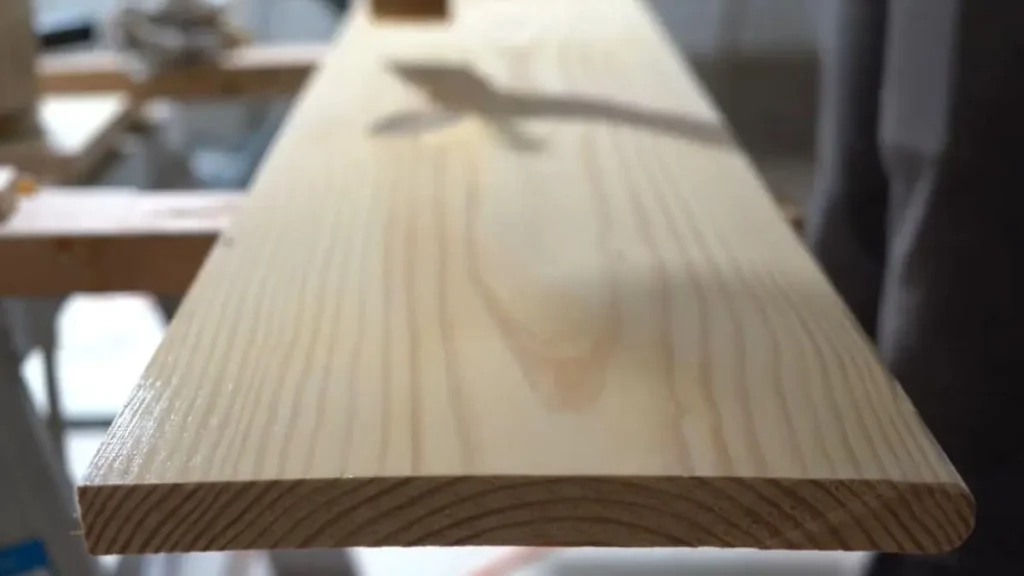
Impact On Overall Stair Stability
Stairs are one of the most heavily used areas in any home or building, so it’s essential to ensure that they are safe and sturdy. One question that often arises is whether 2x12s can be used for stair treads. The answer is yes, but it’s crucial to consider the impact on overall stair stability.
Using 2x12s for stair treads can have a significant impact on the stability of the stairs. The thickness of the lumber provides a solid base for the treads and helps distribute weight evenly across the steps. This can prevent sagging or warping of the stairs over time.
Factors Affecting Structural Strength
Several factors can affect the structural strength of stairs built using 2x12s for treads. One of the most critical factors is the spacing between each tread. Building codes typically require a minimum tread depth of 10 inches and a maximum riser height of 7 3/4 inches.
Adhering to these guidelines ensures that the stairs are safe and comfortable to use. The type of wood used for the treads can also affect their structural strength. Hardwoods such as oak or maple are more durable and less likely to warp or crack over time than softwoods like pine or spruce. Additionally, the quality of the lumber and the method of construction can impact the strength of the stairs.
Want to update your 1980s staircase, this guide is for you.
Ensuring Structural Strength
To ensure the structural strength of stairs built using 2x12s for treads, it’s essential to follow best practices for construction. This includes using high-quality lumber and ensuring that each tread is securely fastened to the stringers. It’s also crucial to ensure that the spacing between each tread is consistent and that the riser height meets building code requirements.
In addition to construction best practices, regular maintenance is essential for ensuring the continued structural integrity of the stairs. This includes checking for any signs of wear or damage and repairing any issues promptly.
Aesthetics And Design
Considering the aesthetics and design of stair treads, using 2X12 lumber can provide a sturdy and visually appealing option. The dimensions of 2X12 make it suitable for creating durable and stylish stair treads that enhance the overall look of the staircase.

Visual Appeal Of 2×12 Stair Treads
When it comes to designing a staircase, the visual appeal of the stair treads plays a crucial role. The stair treads not only provide stability and support but also contribute to the overall look and feel of the staircase. The 2×12 stair treads are a popular choice among homeowners due to their rustic and natural look. The wood grain pattern and texture of the 2×12 treads add a unique charm to the staircase.
Moreover, the 2×12 treads are available in various wood species, such as oak, maple, and walnut, allowing you to choose the wood that best suits your interior design.
Customization Options
The 2×12 stair treads offer a wide range of customization options, making them an ideal choice for homeowners who want to add a personal touch to their staircase. You can customize the 2×12 treads in terms of shape, size, and finish.
For instance, if you have a curved staircase, you can opt for custom-made 2×12 treads that follow the curve of the stairs. Similarly, if you want the treads to match the color scheme of your interior, you can choose from various stain and finish options. Additionally, you can also add a non-slip finish to the 2×12 treads to make them safer and more secure.
Cost Analysis
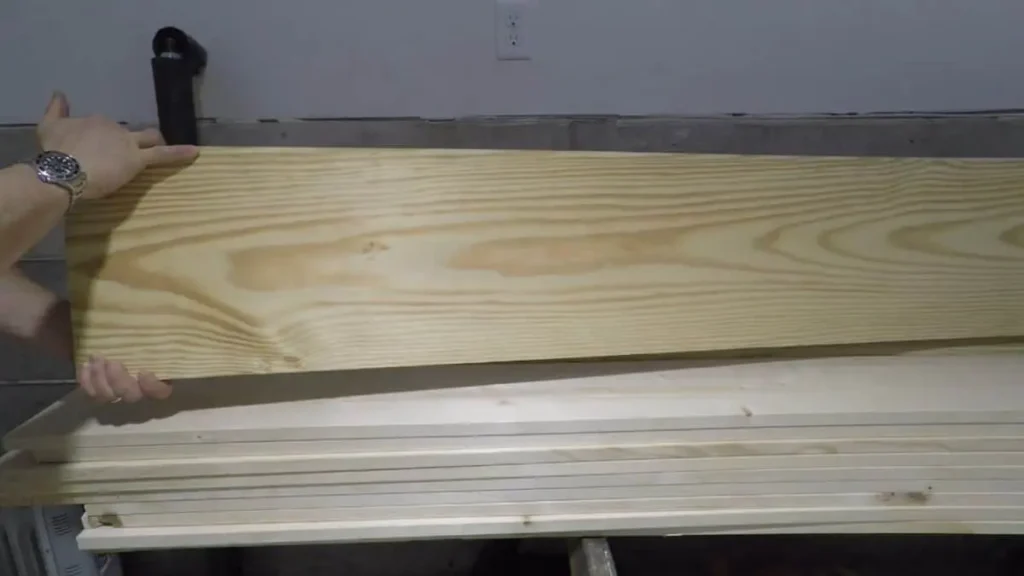
Comparison With Alternative Materials
When considering the use of 2×12 for stair treads, it’s essential to analyze the cost implications in comparison to alternative materials. While 2×12 lumber is a common choice for stair treads due to its strength and durability, it’s important to weigh the cost against other options such as composite materials, metal, or hardwood.
Long-term Cost Considerations
Examining the long-term cost considerations of using 2×12 for stair treads is crucial for making an informed decision. While initial costs may favor alternative materials, it’s important to factor in the longevity and maintenance requirements of each option to determine the most cost-effective choice over time.
Maintenance And Durability
When it comes to stair treads, the choice of material plays a crucial role in the maintenance and durability of the stairs.
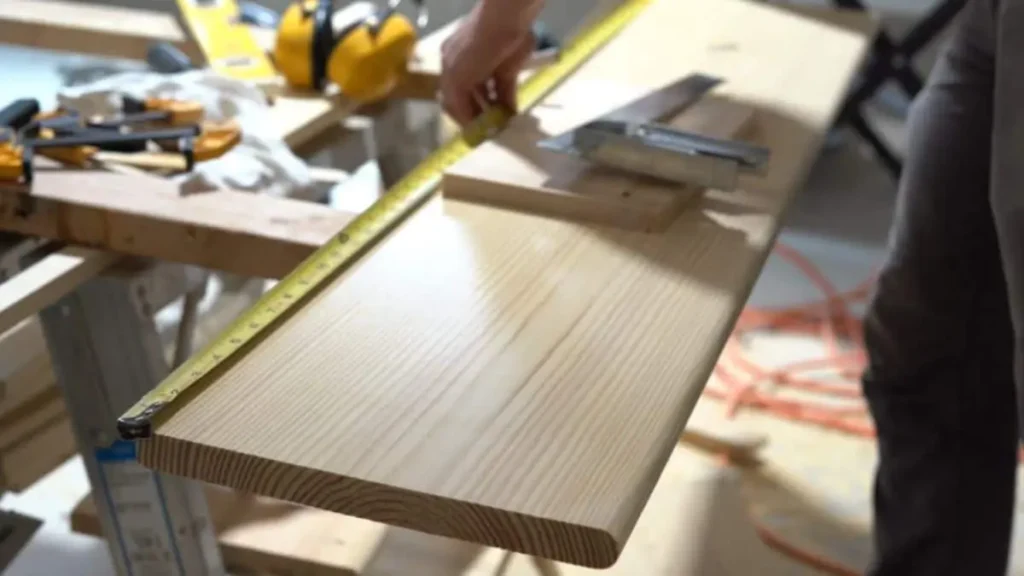
Durability Of 2×12 Lumber
2×12 lumber is known for its exceptional durability, making it a popular choice for stair treads. The thickness of the 2×12 lumber provides excellent support and can withstand heavy foot traffic over time. Its solid construction ensures stability and reduces the risk of warping or cracking, contributing to the longevity of the stair treads.
Maintenance Requirements
Proper maintenance is essential to preserve the durability of 2×12 lumber stair treads. Regular inspections for any signs of wear, such as cracks or splinters, should be conducted.
Applying a protective sealant can help prevent moisture damage and extend the lifespan of the lumber. Additionally, regular cleaning to remove dirt and debris can prevent deterioration and maintain the aesthetic appeal of the stair treads.
Conclusion
Considering the strength and durability of 2X12 lumber, using it for stair treads can be a feasible option. It provides stability and safety for stairs, making it a suitable choice for your project. Remember to assess your specific needs and consult a professional for guidance on the best materials for your stairs.

